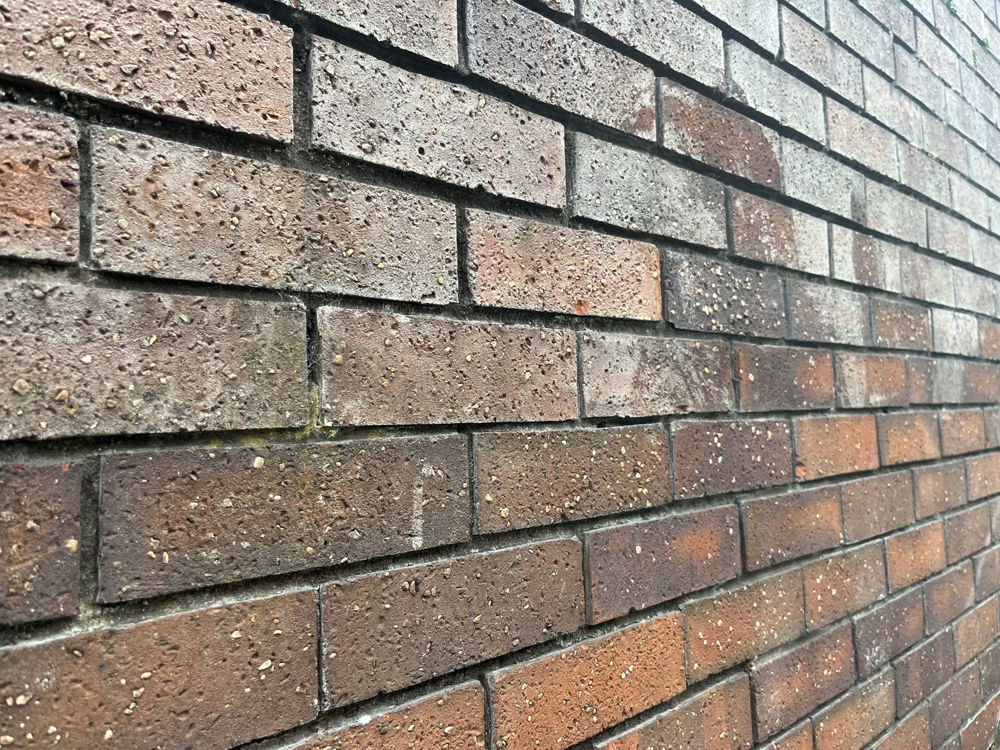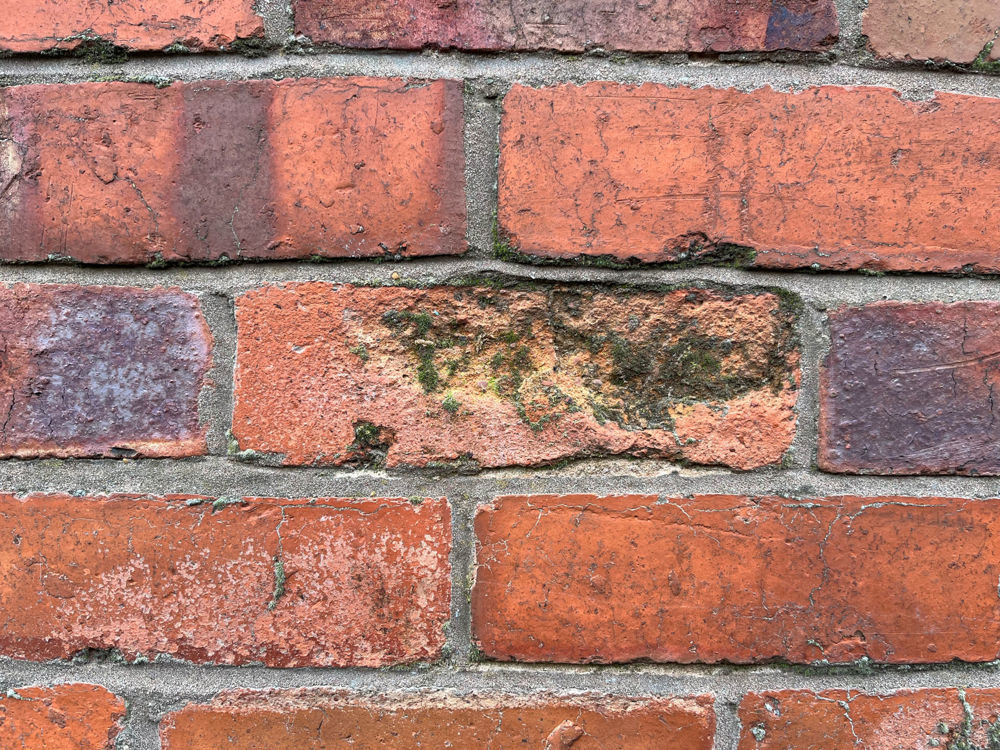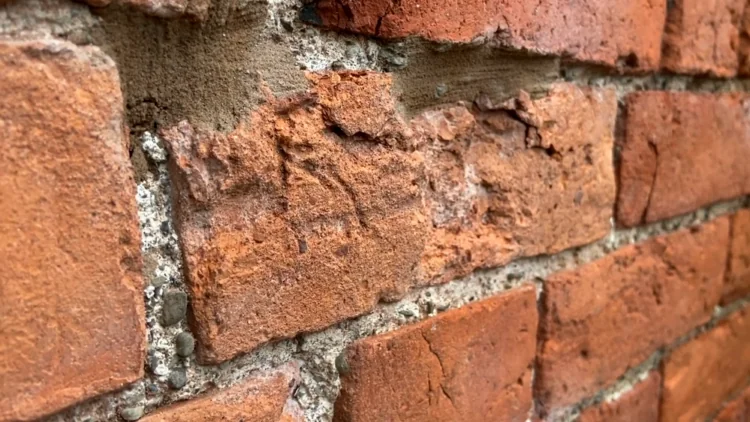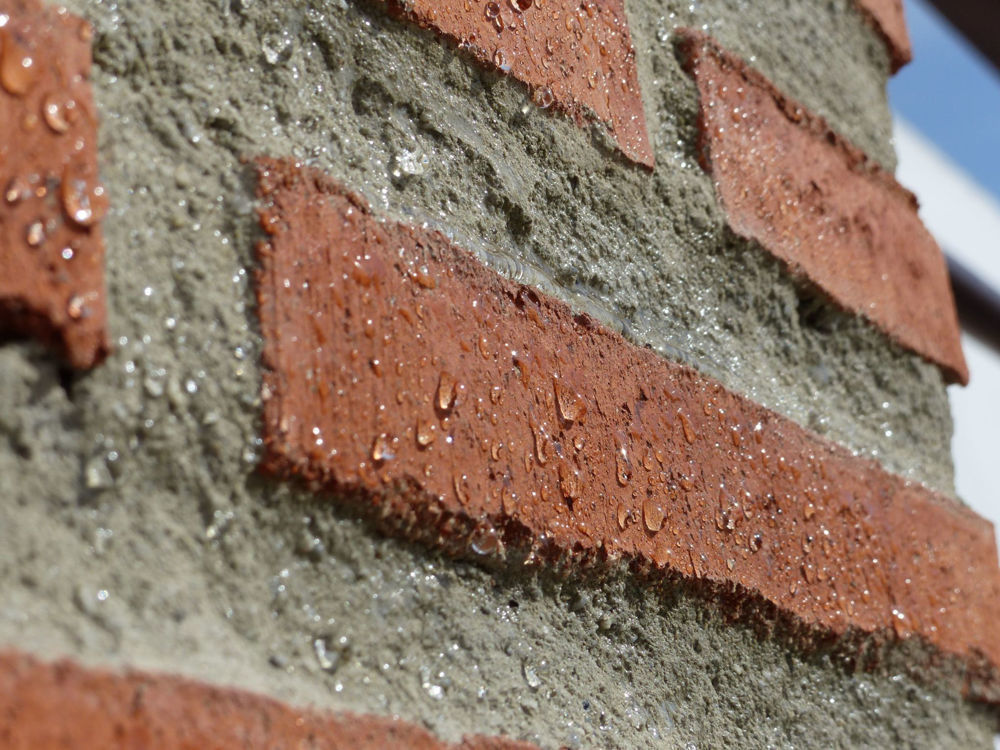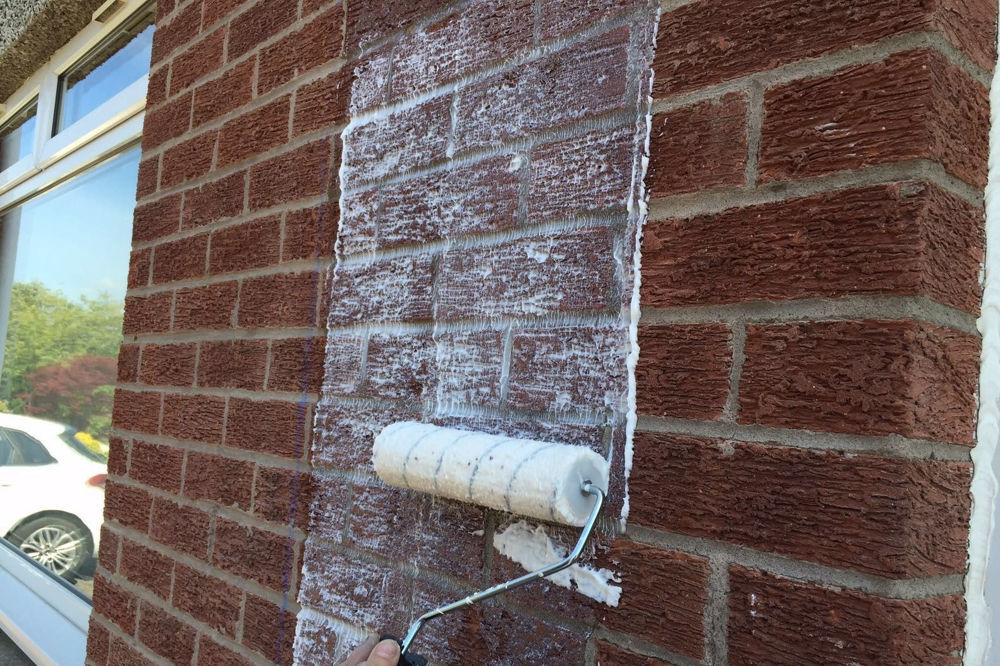The Ultimate Guide To Spalling Bricks
Spalling bricks are a problem that faces thousands of natural brickwork buildings and properties across the UK, which is why a hugely common questions that we receive is what is spalling and how can it be prevented long-term? In this guide we are going to answer these questions, so you can get all of the information you need to protect against spalling brickwork.
In this guide we will cover:
- What is spalling brickwork
- What causes spalling bricks
- What problems do spalling bricks cause
- How to repair spalling bricks
- How to prevent spalling bricks
What Is Spalling Brickwork?
‘Spalling‘ refers to the breakdown of bricks such as cracking, peeling, crumbling or chipping, which eventually lead to the surface of bricks breaking away from the main body.
The result is that the softer portions of the brick are left exposed to the elements, which can lead to further damage. While primarily an aesthetic issue that can lead to brickwork looking weathered, in some cases it can cause structural issues with the masonry wall, which is why identifying and ultimately addressing spalling is crucial for any building.
What Causes Spalling Bricks?
Spalling is mainly caused by water absorption, also known as water ingress. Bricks, stone and render are porous, so they take in moisture over time. When this trapped moisture freezes and thaws, it expands and contracts, creating cracks, crumbling mortar and causing the brick face to break away.
As damage develops, more moisture can enter, worsening the problem with each freeze-thaw cycle. Older bricks are often more vulnerable because they become more porous over time, but new builds can also suffer due to poor material used.
Mortar choice always plays a role. Hard cement mortars can trap moisture, forcing it to escape through the brick face and increasing the risk of spalling.
What Problems Do Spalling Bricks Cause?
In some cases, spalling bricks can create structural issues. If bricks continue to become damaged and start to crumble, the structural integrity of the brickwork can be impacted and could ultimately cave in. While complete structural failure is uncommon, the gradual breakdown of the brickwork can weaken the walls over time if left untreated.
Key problems:
- Structural weakening – Ongoing deterioration can reduce the strength and stability of brickwork in severe cases.
- Visual damage – Peeling, cracking, and surface loss make the building look worn and neglected.
- Higher water absorption – Damaged bricks allow more moisture to penetrate the wall, accelerating further decay.
- Organic growth – Damp surfaces encourage algae, moss and mildew, which can stain and damage masonry.
- Penetrating damp – Moisture can migrate indoors, causing damp patches, damaged plaster and black mould on interior walls.
- Heat loss and poor efficiency – Saturated walls lose insulating performance, leading to colder rooms and higher heating costs.
If left untreated, these issues tend to worsen, as more moisture enters through damaged areas and accelerates the freeze-thaw cycle.
Can You Repair Spalling Bricks?
You do not have to replace spalling bricks. Even though they make exterior walls look damaged and will make the walls more prone to water ingress, they often do not cause bigger issues.
Spalling bricks can be replaced individually to restore the masonry. Cost depends on the extent of damage, the number of bricks and the type of brick you need. Small repairs may be suitable for experienced DIYers, while larger jobs usually require a professional. An estimate for brick replacement is between £12 and £26, but this can vary.
Repairs are carried out either by removing and replacing the full brick with fresh mortar or by fitting a thin brick slip over the damaged area after preparing the surface.
How Do You Prevent Spalling Bricks?
The best way to prevent spalling bricks is to apply a waterproof, highly breathable treatment to the brickwork to create a water repellent surface on the bricks. Brick sealers have been commonly used on exterior walls as a treatment to reduce water ingress. These sealers ‘seal’ the brick, meaning that while moisture can’t enter the brickwork and moisture can’t escape. As this moisture has nowhere else to go, it eventually leads to the exterior walls becoming saturated, which leads to problems such as damage, damp and discolouration.
For this reason, any product applied to exterior walls must be highly breathable as well as water repellent to prevent moisture from entering the brickwork in the first place.
Emperor Masonry Creme was developed to address this, containing highly advanced nano-technology that lines the pores of masonry without sealing these pores. This means that water is completely repelled away from the bricks, while water vapour can naturally pass through and breathe out of the wall.
The reason Emperor Masonry Creme does not create a film is that it penetrates deep into the brickwork and chemically bonds to the material, meaning it becomes part of the brick itself. This means that the treatment does not alter the appearance of brickwork. There is no film or seal to become weathered over time, meaning the treatment will perform for decades. In independent testing conducted by a UKAS accredited laboratory, after 25 years of harsh weathering, Emperor Masonry Creme was found to have no change in performance or appearance, meaning it will likely far exceed this 25-year lifespan.
How To Protect Brickwork – A Step-By-Step Guide
When looking to protect brickwork without changing the appearance, using a masonry cream is the best solution. If you are looking to protect while changing the appearance, you can also paint the bricks using Emperor Masonry Paint.
You will need:
- Emperor Masonry Creme
- Emperor Exterior Cleaner
- Long-pile roller
- Paint scuttle
- Masonry brush
- Dust brush
- Dust sheets
- Masking tape
Preparation
- Repair any holes, cracks and damaged or spalled bricks.
- Wash the wall to remove dirt, dust and surface debris.
- Apply a fungicidal cleaner such as Emperor Exterior Cleaner to remove any algae or fungal growth.
- Rinse the wall thoroughly to remove all cleaner residue. This is important because the treatment is invisible, and any marks underneath will remain visible.
- Cover and protect nearby surfaces you don’t want to treat (windows, doors, paths, plants).
Application
- Apply the product using a brush, long-pile roller, or airless spray (avoid foam rollers on exterior walls).
- Roll or brush the creme onto the surface
- Apply one coat at a coverage rate of 5m² per litre.
- The wall should look mostly covered with the white gel, while a faint brick texture is still visible through it.
- Leave the treatment to soak in for 1-2 hours.
After Application
- The walls will dry completely clear.
- Water-repellent protection begins as soon as applied to the brick.
Read more on: How to apply Emperor Masonry Creme
Frequently Asked Questions
Can I paint spalling bricks?
Yes, you can paint spalling bricks, but there are a few things to think about. Firstly, if you are painting brickwork that has never been painted before, you must apply a primer before painting to ensure best performance. Most manufacturers of paint will have their own dedicated primer which should be used with the correct paint. It is important to know that not all masonry paints are waterproof, meaning water ingress can still occur even if you paint the bricks.
Emperor Masonry Paint contains the same technology as Emperor Masonry Creme but comes in a coloured version. This means it is water repellent, highly breathable and comes with a 25 year proven performance, just like Emperor Masonry Creme. Due to the water repellent properties, dirt much like water cannot attach to the painted surface, making the paint self-cleaning.
Where is spalling likely to occur?
Spalling can occur anywhere on brickwork but especially areas that are particularly prone to water ingress such as north facing walls. Spalling can also often occur on chimney stacks.
How can I tell how breathable a product is?
The breathability of a product can be measured using an SD value. The lower the SD value, the more breathable the product is, with anything under 0.5 being considered breathable by British Standards. Emperor Masonry Creme for example has an SD value of 0.01, meaning it is not just highly breathable but has virtually no impact on the breathability of the brickwork once applied.
We hope we have answered any questions you may have had regarding spalling bricks and how to prevent it. If you have any other questions, feel free to get in touch with our team of experts who are on hand to assist you. Contact them today by emailing [email protected] or calling 01254 936121.



